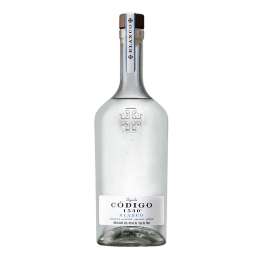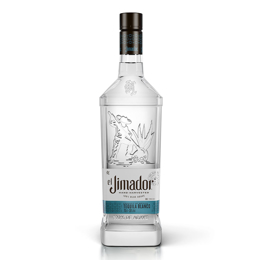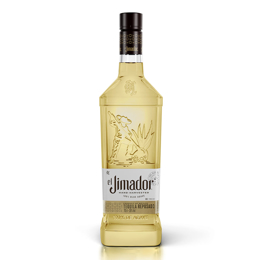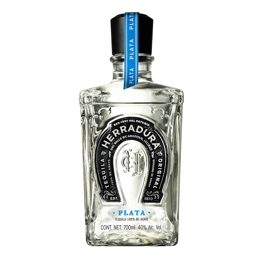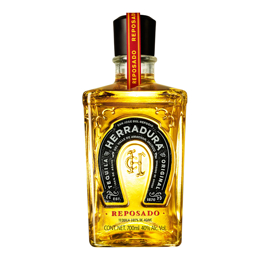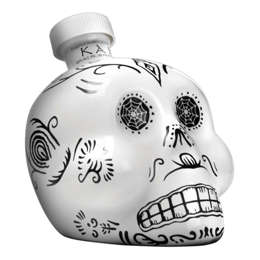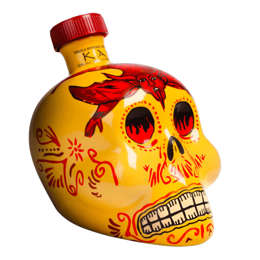Tequila / Mezcal
Buen Amigo Gold Tequila 700ml
Buen Amigo Silver Tequila 700ml
Casamigos Blanco Tequila 700ml
Cazadores Blanco Tequila 700ml
Cazadores Reposado Tequila 700ml
Codigo 1530 Blanco Tequila 750ml
Corralejo Blanco Tequila 700ml
Don Julio 1942 Tequila 700ml
Don Julio Anejo Tequila 700ml
Don Julio Blanco Tequila 700ml
Don Julio Reposado Tequila 700ml
El Jimador Blanco Tequila 700ml
Fortaleza Blanco Tequila 700ml
Herradura Plata Tequila 700ml
Herradura Reposado Tequila 700ml
Kah Blanco Tequila 700ml
Kah Reposado Tequila 700ml
Mezcal Amores Cupreata 700ml
Mezcal Amores Espadin 700ml
- 1
- 2
Frequently Asked Questions
01What makes tequila / mezcal different from other drink options?
Mezcal is a broad category of agave spirits. Juice from the heart (piña) of this plant is fermented and then distilled. The result is a spirit with characteristic taste, the like of which does not exist. Tequila is the most famous type of mezcal. In everyday life, it is (erroneously) believed that tequila and mezcal are two separate types of spirit, even if their taste and their origin have basic similarities.
02What tequila / mezcal options do you have for a beginner?
Due to the special taste of this spirit, recommendations are focused on the "smoothest" representatives. Ocho, Olmeca Altos, Jose Cuervo Tradicional, El Jimador and Orendain are examples of tequila, while examples of mezcal are Bruxo and Verde Amaras.
03How would you describe the taste and aroma of each type of tequila / mezcal?
Both tequila and mezcal are slightly sweet, mineral and spicy on the palate. On the nose, smoky touches are always present, accompanied by herbal or fruity aromas. In general, the agave origin is obvious. The rather dry soils, where this specific succulent plant grows, stigmatize the spirit, whether it is called tequila or mezcal. When these spirits undergo aging, their color acquires a yellowish hue and their organoleptic profile is enriched with notes of caramel and wood.
04 Is there any difference in tequila / mezcal, depending on the region of production?
Tequila is made, almost exclusively, in the Mexican state of Jalisco. Blue agave (Agave tequilana Weber var.) is used as raw material, in a percentage not less than 51%. From region to region, the percentage of use of blue agave varies, which is reflected in the organoleptic character of the tequila. Even more important is the composition of the soil. Mountainous soils, with better water drainage, are considered more suitable for growing blue agave. There, the spirits acquire a quite fruity and floral character. The more water-rich lowland soils yield more botanical spirits, with a somewhat harsher character. As for mezcal, the differences in the types of agave species used, from region to region, are responsible for corresponding differences in flavors and aromas.
05In which circumstances is each type of tequila / mezcal used?
An aged (yellowish) agave spirit is more likely to consume neat than an unaged (white) one. On the other hand, there are probably more cocktails using the white, rather than the yellow, version of the spirit.
06How do I choose the right tequila / mezcal for a dinner or party?
White (blanco or silver or plata) tequila goes perfectly with seafood, pies, mushroom and herb soups, while its yellow (reposado) version stands next to spicy dishes, whether they belong to Mexican or other cuisines. When it comes to a party, go for a white or lightly aged form of your favorite spirit.
07How can I properly store tequila / mezcal to preserve its flavor?
Avoid the refrigerator. Prefer a cool and shady place, making sure the bottle is properly corked.
08Any suggestions on how to best serve tequila / mezcal?
During winter, feel free to enjoy aged tequila or aged mezcal at room temperature. Use a low glass. If you want to reduce the temperature of the spirit, prefer a small ice cube, so as not to cause strong dilution. Summer is more combined with the white version of the spirit, especially if it participates in a favorite cocktail. Of course, shots of tequila or mezcal are always in order.
09 Can tequila / mezcal be used in cocktails and if so, what are the most popular?
Margarita, Paloma, Sunrise, Mule. The first one features tequila, Cointreau and lime juice. The second one consists of tequila, lime and grapefruit juices, sugar syrup and soda. The third one mixes tequila, orange juice and grenadine. The fourth one combines tequila, lime juice and ginger beer. In all the above, tequila may well be replaced by mezcal.







